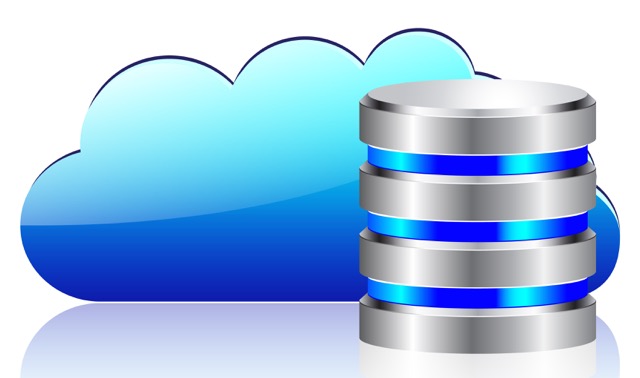This sponsored post is produced by IBM Cloud Data Services.
It has been estimated that more than 30 billion connected devices will exist by 2020. If a business isn’t capturing and analyzing all the ‘born on the cloud’ data in this emerging Internet of Things, then they are not getting a 360-degree view of their customers — in fact, they are not even getting a 180-degree of their customers.
A number of years ago, the phrase ‘logical data warehouse’ was coined to describe a new approach to data management, focused on improving the business user’s access to all types of business-critical data. New technologies, including in-memory analytics, virtualization, and columnar storage, resulted in data warehouses that were better equipped to handle an increasingly complex Web of data.
Today, the need for ‘logical’ approaches to data management remains strong. Organizations of all kinds (not just Web and mobile businesses) want to leverage the mass of ‘born on the cloud’ data like free-form text, JSON documents, and XML. The challenge for data-driven businesses now is not only in consolidating diverse types of data to build reports, but in making those reports and analytics highly available to users.
If the ‘logical data warehouse’ was intended to optimize access to data while minimizing costs, the next iteration of the data warehouse should do the same for analytics.
Until now, we’ve lived in a world where the majority of data being analyzed in an enterprise data warehouse has been generated in front end applications, like point of sale systems, Web apps, etc. This data was aggregated, sent to the data warehouse, and then used to build analytic reports. These analytics, in turn, drove productive changes back to the business.
The difference today is that business users are interacting directly with the ‘reports’ and analytics — not just passively reviewing them. In other words, analytics is today’s emerging system of engagement.
Take the example of a financial advisor who builds investment reports for each individual client, and then shows the reports on a mobile device during face-to-face meetings. The client may want to interact with the report — and they may even want to adjust their portfolio in real time based on the data visualizations they’re looking at. With each change made, the mobile app needs to call the system of record and reorder the data, again and again. A traditional, on-premise data warehouse is going to struggle here.
To keep response times instantaneous, it would be more expedient if the data was cached closer to the mobile app — and because this app resides in the cloud, the data should also be cached in the cloud. It could be relatively simple, with the right APIs, to move data from the central system of record (the on-premise data warehouse) to a cloud-based data store — closer to the mobile app — where it can be queried more quickly. And the result would be a more dynamic and responsive data warehouse that integrates on premise and cloud, as well as SQL and NoSQL (structured and unstructured) database technologies.
This is just one scenario where data management can evolve — and expand to the cloud — to give users more real-time, interactive access to analytics. Add in the need to aggregate, analyze, and respond to geospatial, social, and other rapidly-accumulating data, and you see why it’s so essential to evolve our approach to ‘logical’ analytics.
Today, we spend too much time integrating data and not enough time analyzing it. But an emerging ecosystem of cloud database and analytics platforms is changing this, and we have an enormous opportunity — and ability — to make the data warehouse the ‘crucible’ of more responsive and real-time analytics.
This new cloud data ecosystem is home to managed data warehouse services like dashDB — which strips away the need for infrastructure management and frees the user to spend time building reports with their data and improving business operations. This also frees statistically-inclined users to experiment more with predictive modeling tools like Spark, Watson Analytics, and R, helping to make businesses future-oriented and responsive to new events down to the second.
To get true value from data, and not just integrate it, but also analyze and respond to it in real time, businesses must take their data warehousing strategy to the cloud — it’s the only (more than) logical thing to do.
John Park is Lead Product Manager, dashDB, IBM Cloud Data Services.
Sponsored posts are content that has been produced by a company that is either paying for the post or has a business relationship with VentureBeat, and they’re always clearly marked. The content of news stories produced by our editorial team is never influenced by advertisers or sponsors in any way. For more information, contact sales@venturebeat.com.

